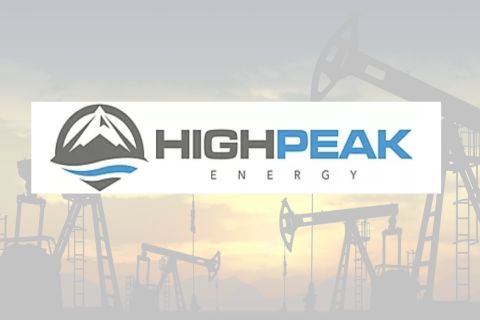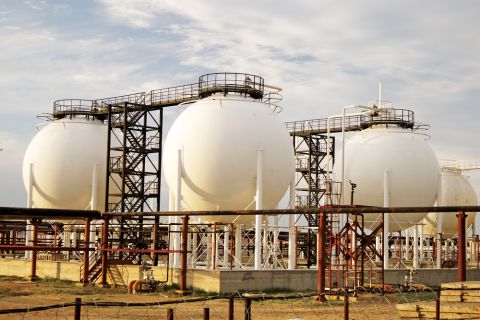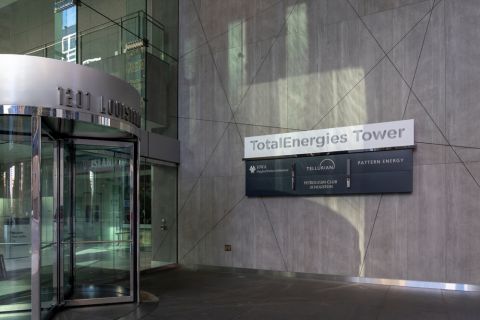For more than 100 years the oilfield paradigm has been, “Drill, Baby, Drill.” In the early days, that was necessary as fields were drilled, developed and depleted. The only way to grow the industry then was to drill more holes. With incomplete data, some of those holes paid off but most of them didn’t.
But a funny thing happened on the way to developing and depleting—‘depleted’ wells were still hoarding two thirds of their oil, there just wasn’t technology to free it.
Today’s recovery technology has upended that paradigm, fueling huge leaps in EOR efficiency and predictability. Nimble startups are revisiting and revising chemicals, surfactants, nanos, microbes, EOR injection water quality and other options geared at coaxing more oil out of wells thought dead or retired—still holding two-thirds of their hydrocarbons. That’s like making an employee retire at 25. . Unconventionals “play out” with upwards of 90% of their oil intact .
In another paradigm shift, companies on this track are collaborating, finding the best combinations for resuscitating production from existing fields. Please note, “existing fields” means those for whom all the drilling costs are already sunk.
With the COVID recovery gaining steam, pushing oil prices above $80 per barrel, the drumbeat of “Drill, Baby, Drill” resounds daily. But even at those prices, there’s a concerning number bubbling under the surface for those who prefer drilling to EOR.
Over the last two decades, exploration costs have risen by an average of 10% per year. The more costly it is to produce, the higher the pump price must be before that barrel gets produced, putting the burden on common people to pay the difference. This is one reason production dropped drastically as prices collapsed during the depths of the downturn.
Because oil and gas are so critical to the lives of most people on earth—certainly everyone in the US—our industry must be responsible about reducing costs while producing enough oil to go around. Otherwise, those customers will eventually find another energy source, leaving oil and gas in the dust.
Right now EVs are not competitive with petroleum driven vehicles. But how long with that last if we need $80-$100 per barrel to produce oil while EV costs drop?
With exploration prices rising and consumer needs exploding globally—see Europe’s winter gas dilemma—it’s vital to understand that the most economical way to produce oil today is no longer drilling. Instead, returning to existing fields and getting their remaining oil is the key, and new EOR methods are making that extremely economical—to the tune of $5-$10 per barrel. At those costs there’s nothing wrong with $50 oil.
Technology—Big Data—has made EOR much more predictive than before. While it’s done the same for drilling and exploration, technology has improved EOR’s effectiveness exponentially without raising costs—while exploration costs have risen despite it. Greater knowledge of a field’s geology and flow mechanics, processed through algorithm and AI-fueled computer models, have given EOR an unprecedented level of predictability, both in production levels and cost per barrel of incremental production.
Even better, tech-driven EOR is not just about rescuing wells from retirement. It could even give new life to abandoned wells, effectively raising them from the dead.
Oilfield of the future is the old field. It’s not in drilling a new hole, it’s in giving the old one a second career.
EOR checks all of today’s boxes. It’s cost effective, environmentally sensitive and it boosts production.
The pioneering times of Titusville and Spindletop were dramatic, but they have faded into memory like a classic movie. Swashbuckling John Wayne has given way to data-driven Sheldon Cooper. The stories are less dramatic, but shareholders, including retirees depending on that income, are happier.
About the author:
Salem Thyne serves as CEO of ESal. Thyne is an internationally recognized expert in chemical and energy operations with 23 years of experience in corporate management, regulatory compliance and operations. He joined ESal in 2017.
Recommended Reading
For Sale, Again: Oily Northern Midland’s HighPeak Energy
2024-03-08 - The E&P is looking to hitch a ride on heated, renewed Permian Basin M&A.
E&P Highlights: Feb. 26, 2024
2024-02-26 - Here’s a roundup of the latest E&P headlines, including interest in some projects changing hands and new contract awards.
Gibson, SOGDC to Develop Oil, Gas Facilities at Industrial Park in Malaysia
2024-02-14 - Sabah Oil & Gas Development Corp. says its collaboration with Gibson Shipbrokers will unlock energy availability for domestic and international markets.
E&P Highlights: Feb. 16, 2024
2024-02-19 - From the mobile offshore production unit arriving at the Nong Yao Field offshore Thailand to approval for the Castorone vessel to resume operations, below is a compilation of the latest headlines in the E&P space.
TotalEnergies Acquires Eagle Ford Interest, Ups Texas NatGas Production
2024-04-08 - TotalEnergies’ 20% interest in the Eagle Ford’s Dorado Field will increase its natural gas production in Texas by 50 MMcf/d in 2024.





